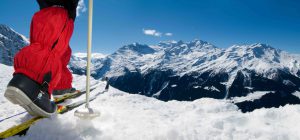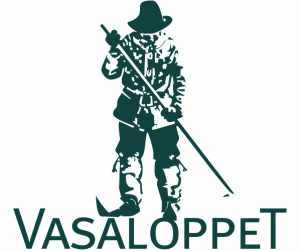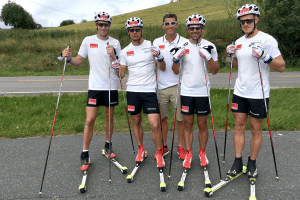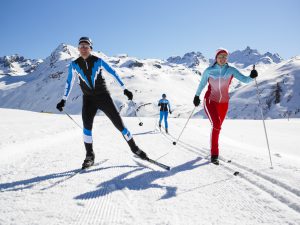ross-country skiing originated from a means of transportation, becomes a widely outdoor winter sport and recreational activity.Skis, bindings and boots allow for free movement of the heel to enable a walking pace, as with Nordic disciplines and unlike Alpine skiing.Cross-country skiing touring which may extend over multiple days takes place off-piste and outside of ski resorts. The Norwegian Trekking Association maintains over 400 huts stretching across thousands of kilometers of trails which hikers can use in the summer and skiers in the winter.

Cross-country skiing history
Cross-country skiing started as a technique for traveling cross-country over snow on skis, starting almost five millennia ago with beginnings in Scandinavia, so it is also called nordic skiing and one of humankinds most ancient sports.Early skiers used one long pole or spear in addition to the skis. The first depiction of a skier with two ski poles dates to 1741.

Cross-country skiing sport
Cross-country skiing is a very effective exercise, especially long-distance race is called winter marathon.Cross-country skiing exercise occurs throughout the year, including on dry land where people engage in roller skiing.

Cross-country skiing technique
Cross-country skiing competitors employ one of two techniques, according to the event: classic and skating (in freestyle races, where all techniques are allowed). Skate skiing, as a new technique, was not widely adopted until the 1980s.Skiers propel themselves either by striding forward (classic style) or side-to-side in a skating motion (skate skiing), aided by arms pushing on ski poles against the snow.

